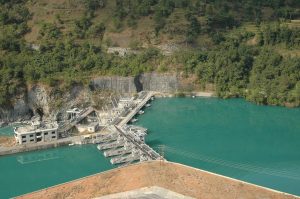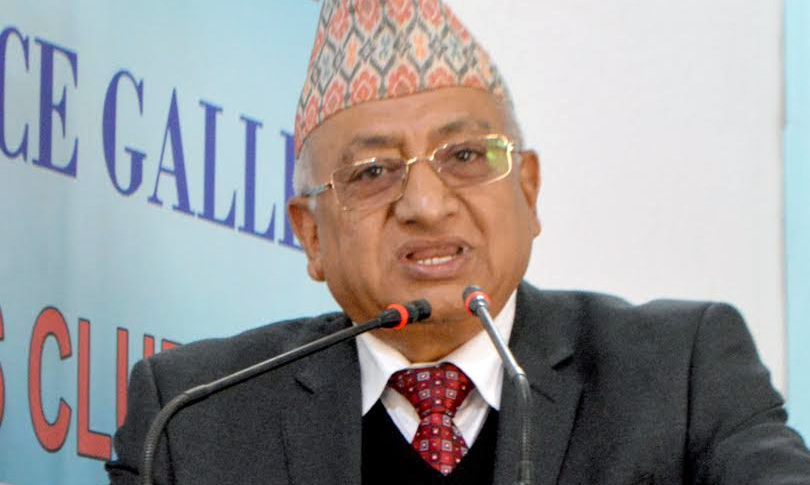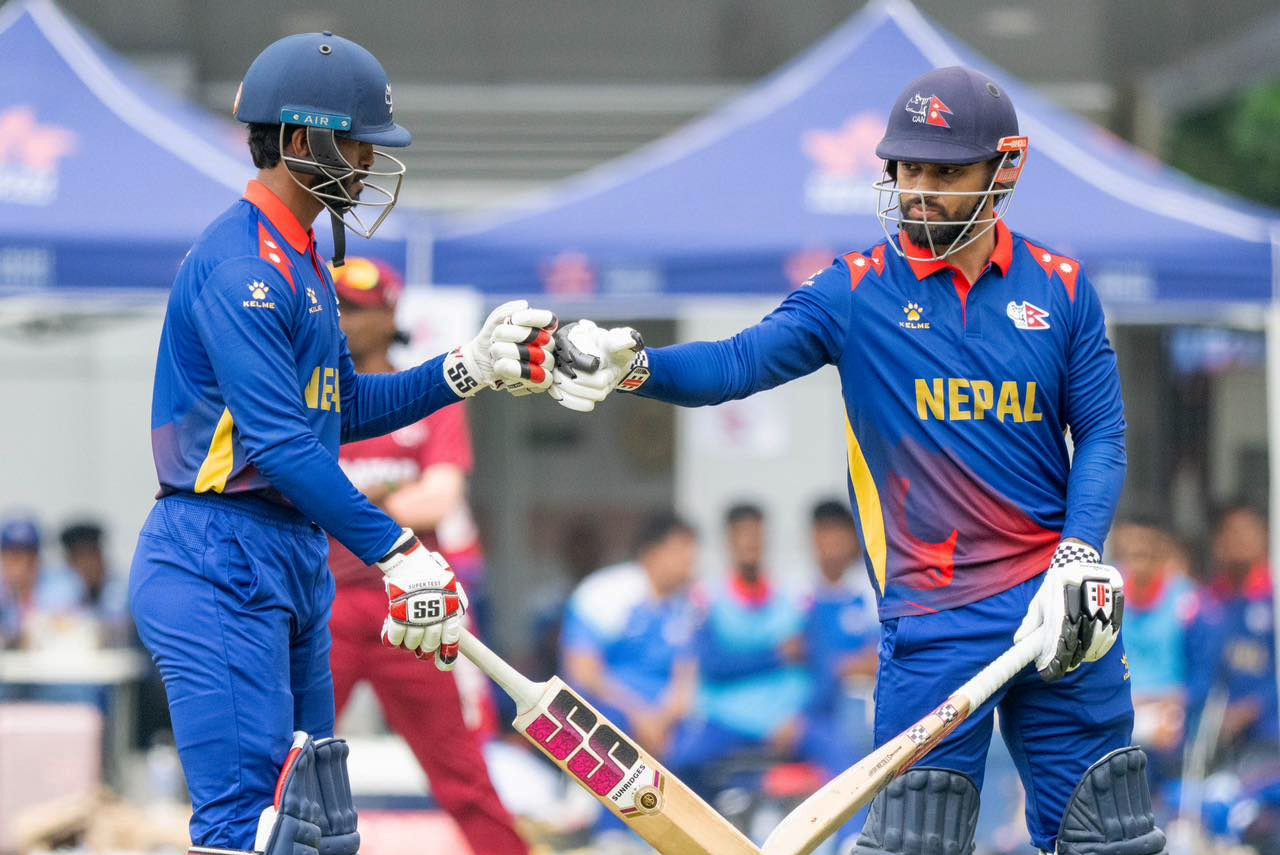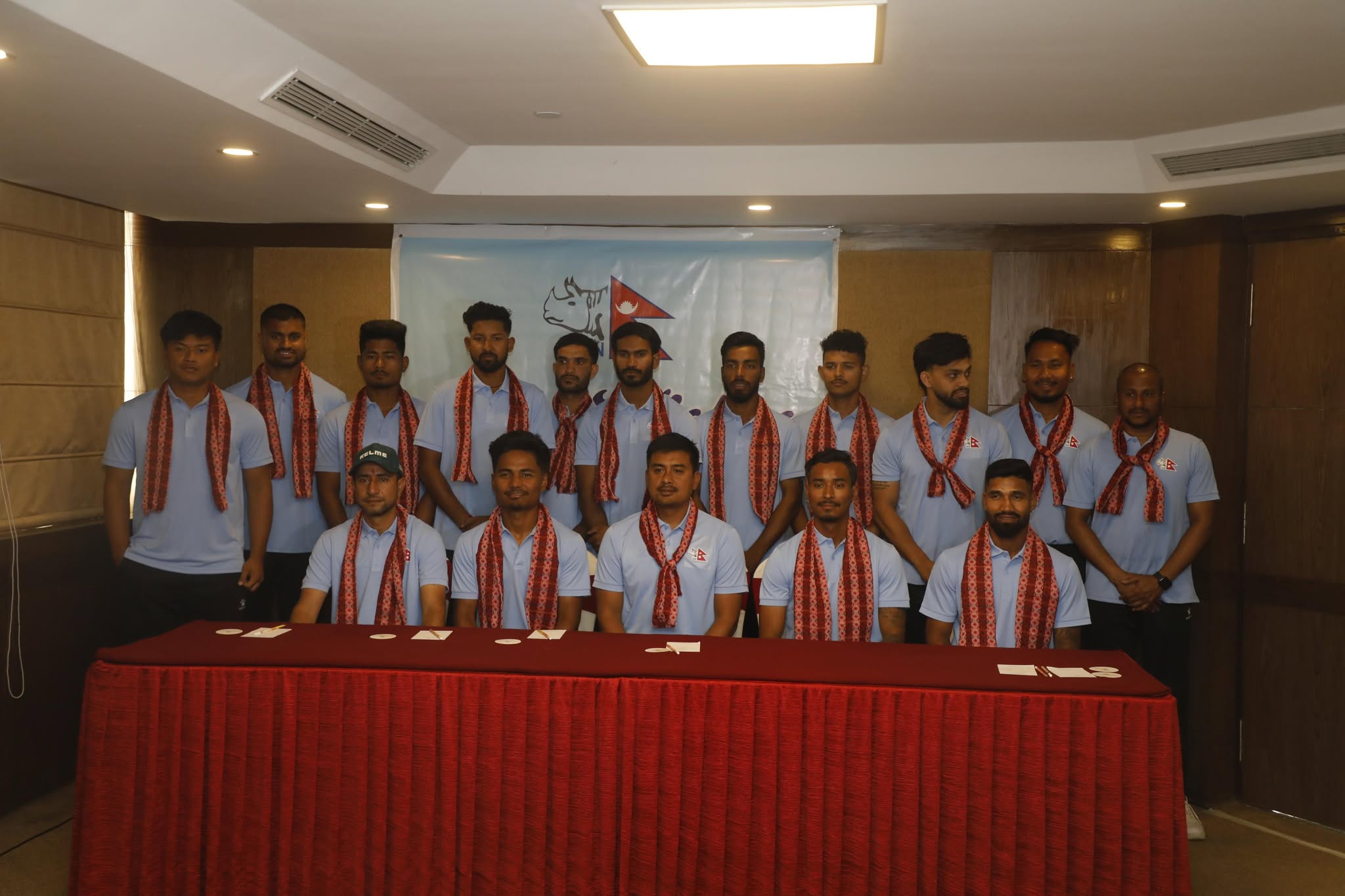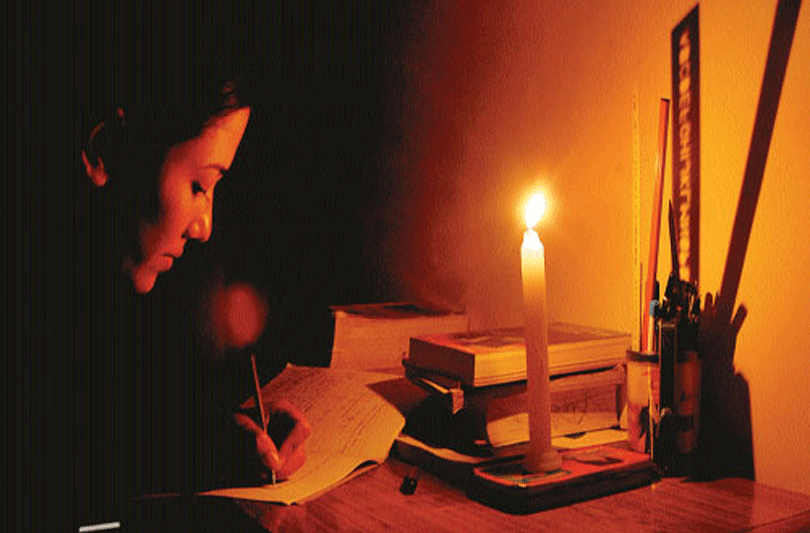
Kathmandu, July 28
It’s raining heavily and rivers and streams are flowing in spate, meaning several hydropower projects are operating in full capacity. But even amid incessant rains, several parts of the country are living in the dark, thanks to daily power outage that lasts up to nine hours. This bleak scenario suggests that outage hours may increase during the grim winter when power generation goes down and the demand for power goes up.
During this time last year, load-shedding used to last four hours daily. At one point, KP Sharma Oli-led government had pledged to announce ‘the end’ to load-shedding within a year, giving rise to false hopes.
Despite such lofty promises, the Nepal Electricity Authority has not made public a new load-shedding schedule even after the start of the rainy season. New schedule or not, the outage hours have not gone down.
Why?
In the middle of the rainy season, rivers and streams are flowing in spate and hydels are operating in full capacity. But for the NEA, all this is not enough to bring down load-shedding hours.
Mukesh Raj Kafle, executive director at the NEA, claims daily load-shedding lasts not more than five hours these days.
Kafle told Onlinekhabar: We had aimed to bring down daily load-shedding to two hours this year, but could not do so due to a number of reasons. The aim was to complete the construction of Upper Bhotekoshi hydel before the start of the rainy season. But this could not happen due to a number of factors. Because of inability to supply 50 MW to the central transmission grid, we could not bring down outage hours.
The Bhotekoshi project, ravaged in last year’s quakes, is yet to resume power generation. That’s not all. A unit of the 144-MW Kaligandaki A hydel, the country’s largest hydel so far, is undergoing maintenance.
Kafle says: Because of these factors, we have not been able to supply an additional 50 MW to the transmission grid. That’s why we have been unable to bring down outage hours as per the plan.
Kulekhani
By choosing to operate the 90-MW Kulekhani hydropower project, the NEA can bring down daily load-shedding to two hours. But the reservoir of the project, considered a backup project, is far from full, so the NEA has decided not to operate the hydel for now.
Kulekhani is a reliable source of electricity during the winter, so we cannot operate it now, says Kafle, adding: In a few days, we may publish a new load-shedding schedule once maintenance of the Kalingandaki unit is complete.






